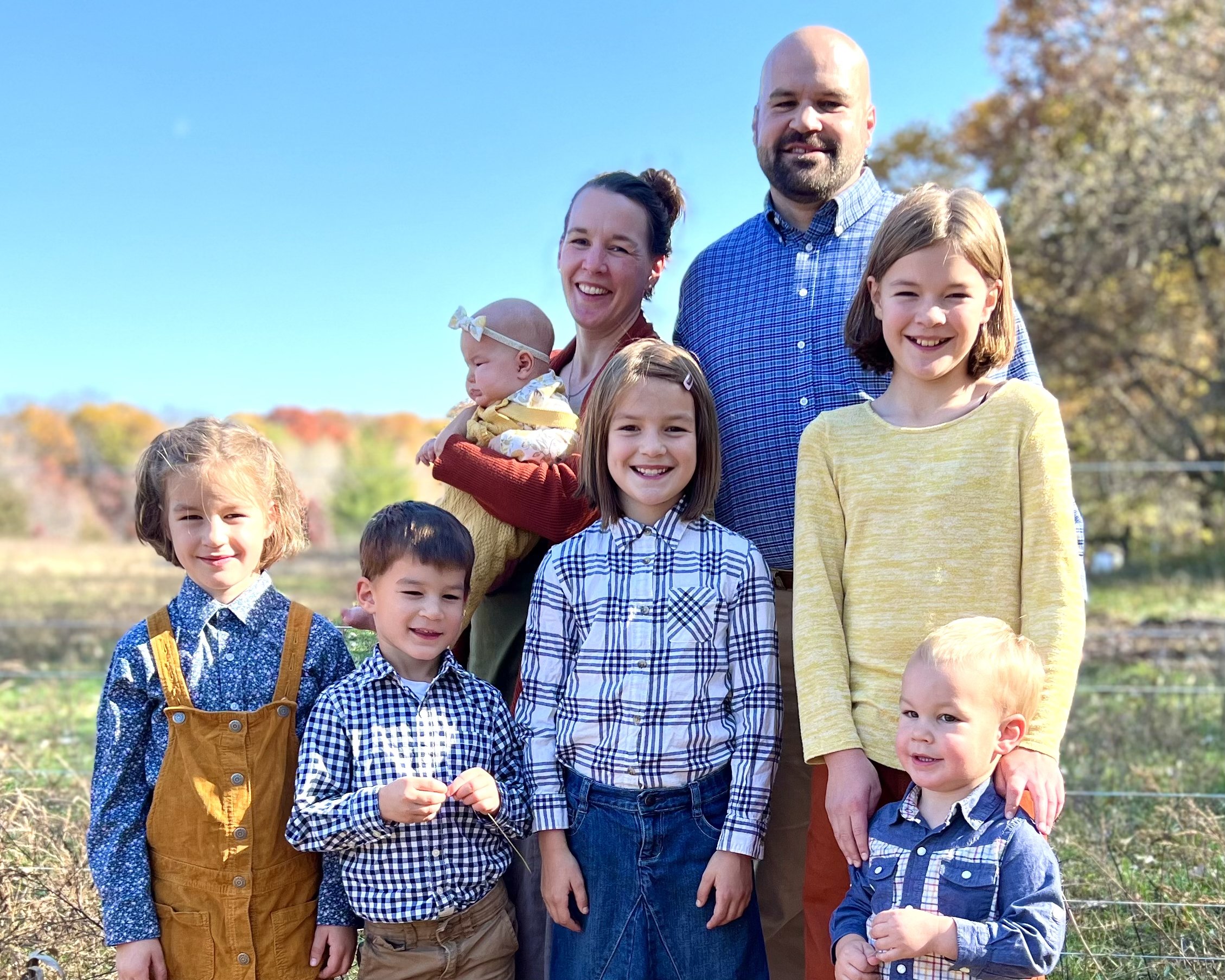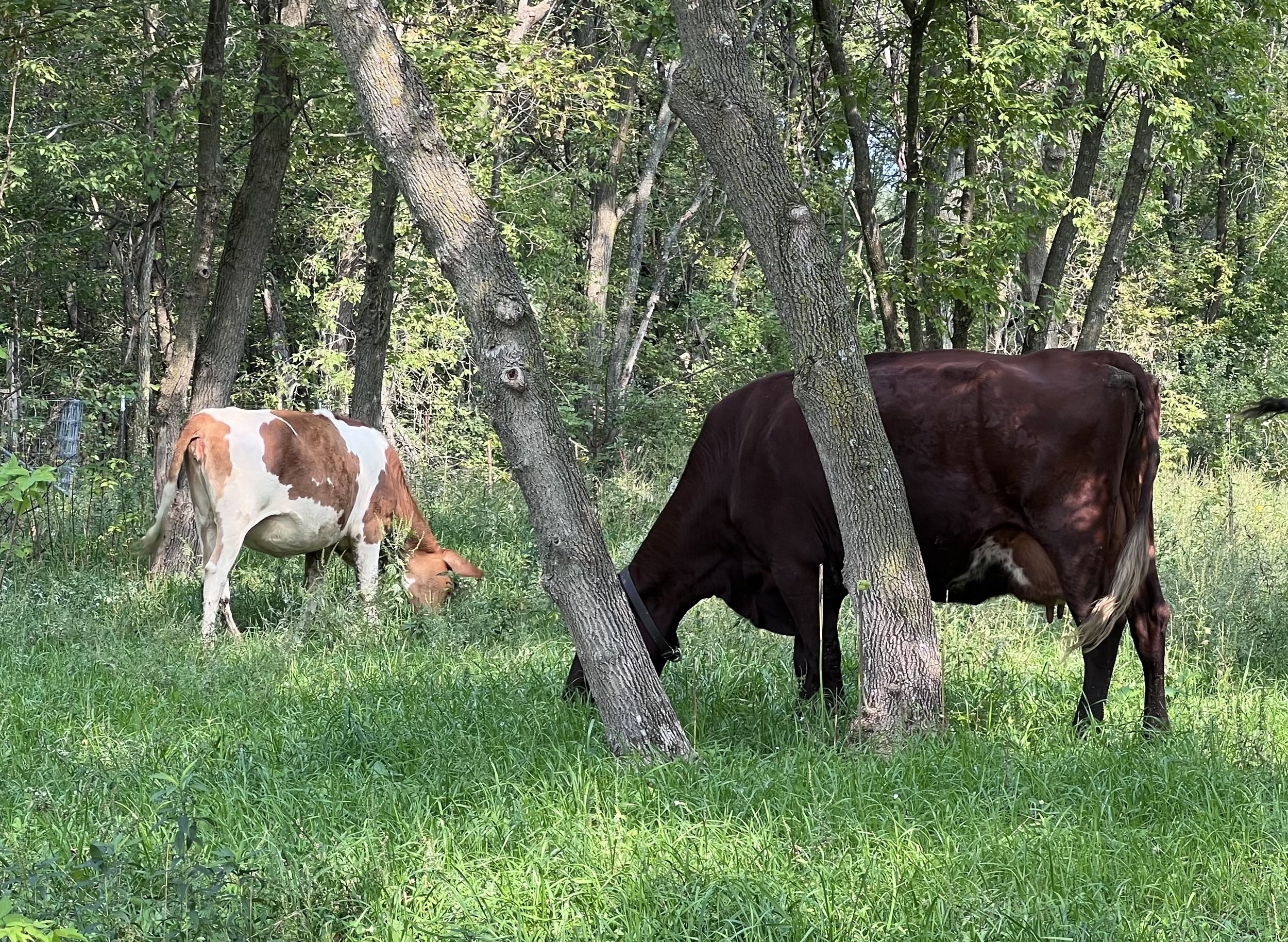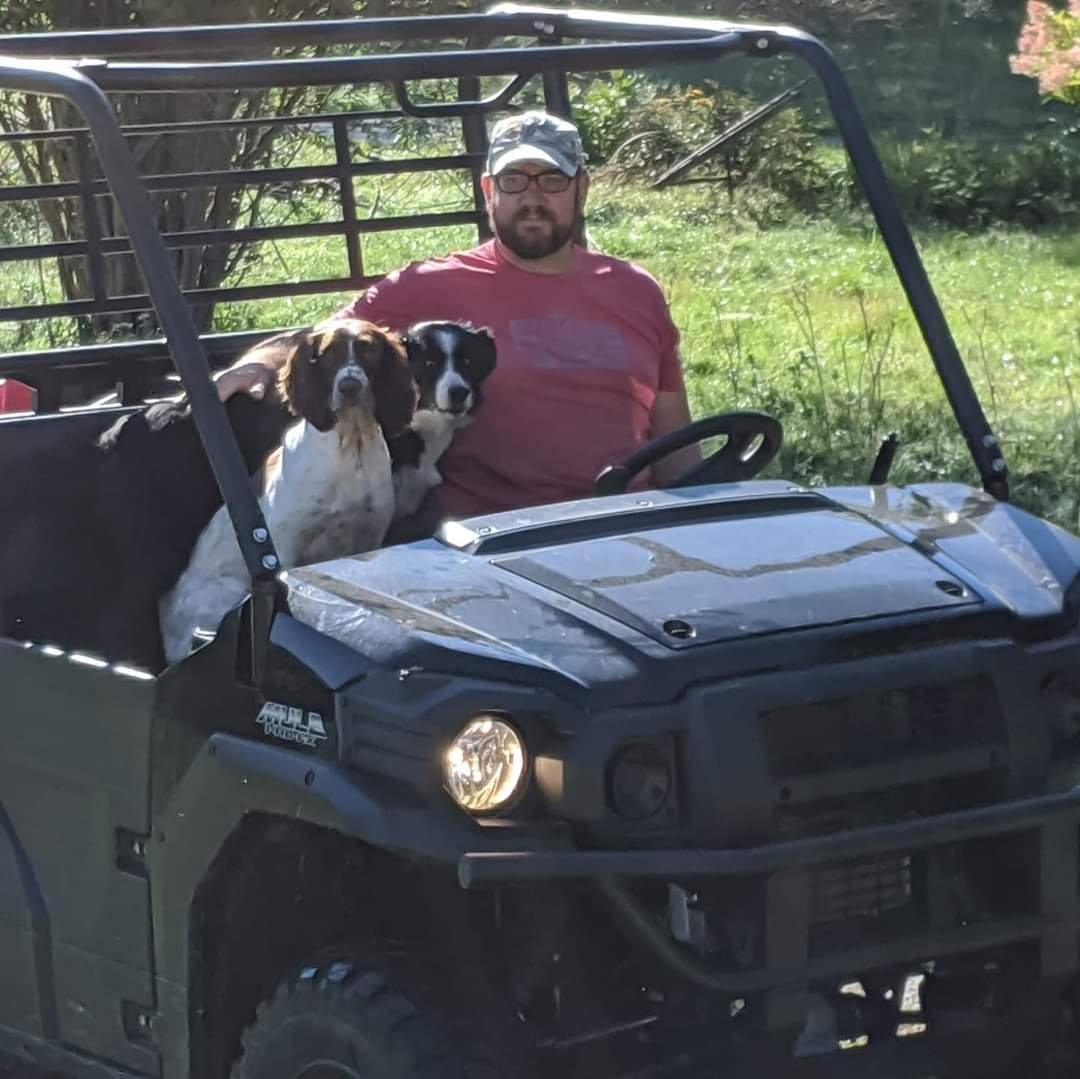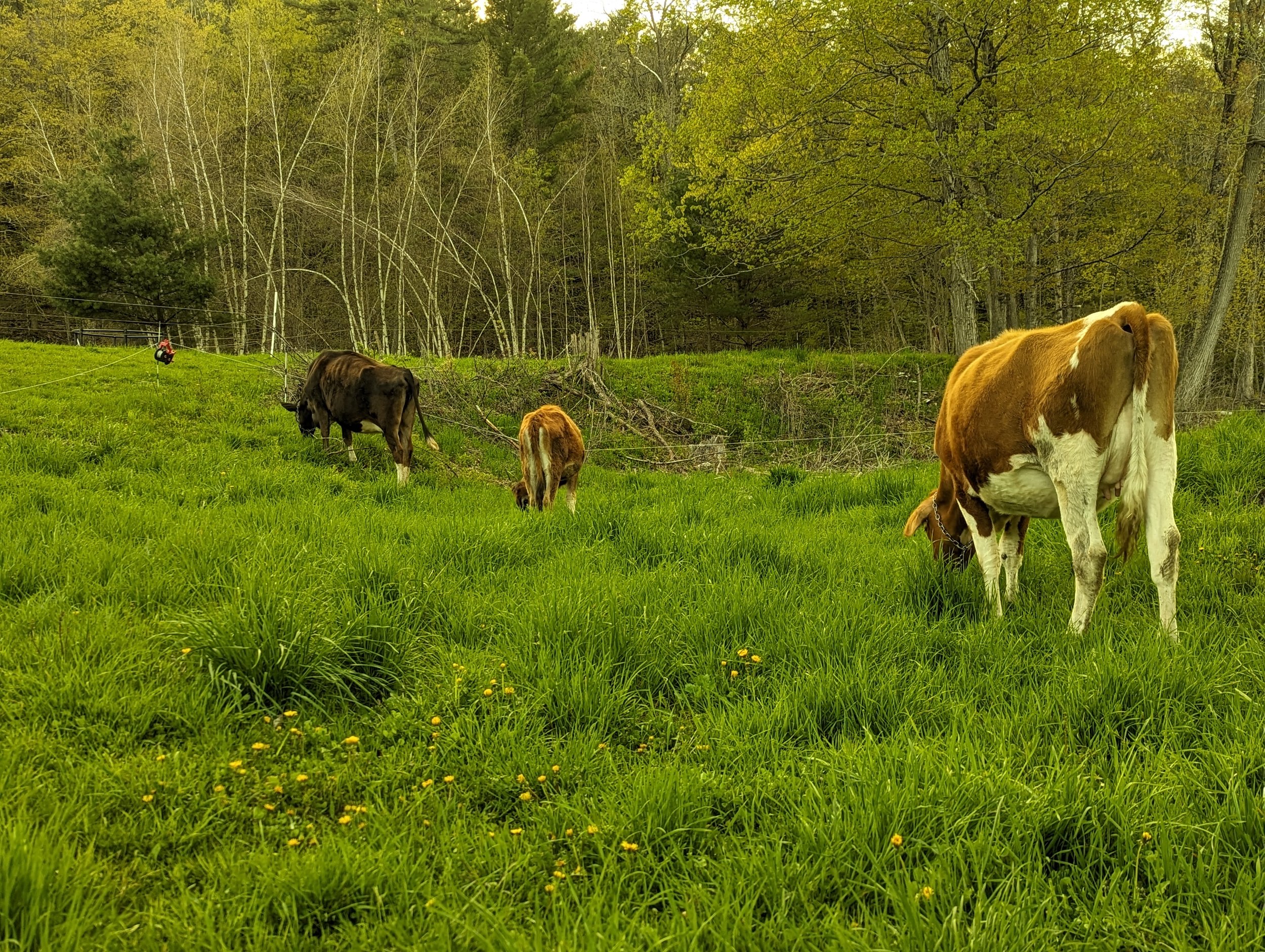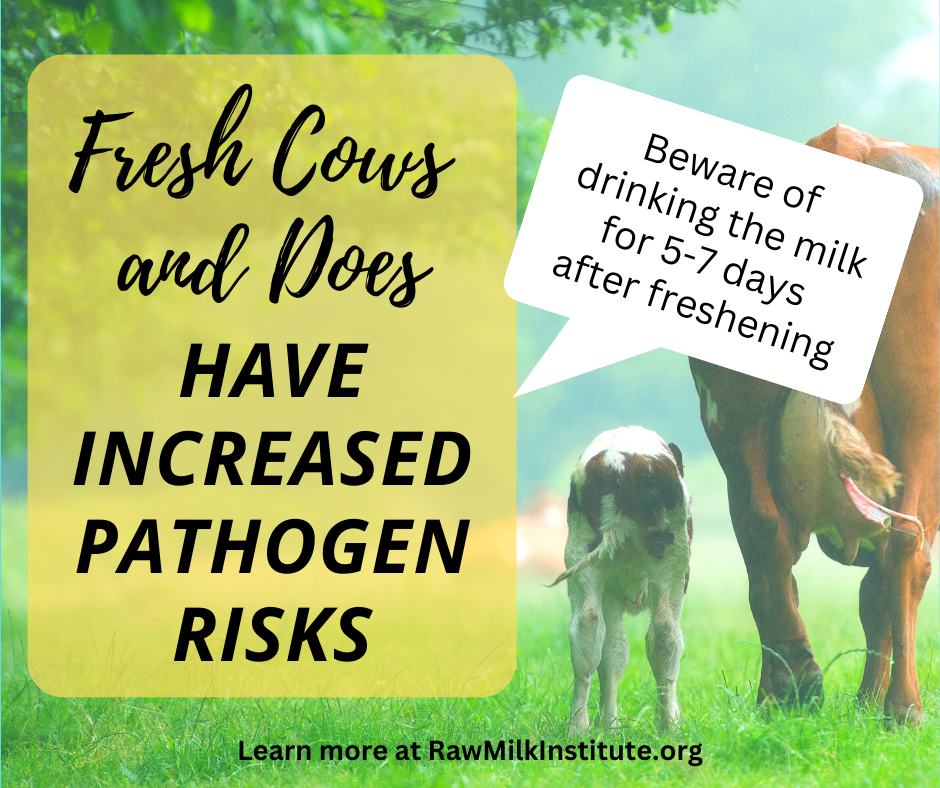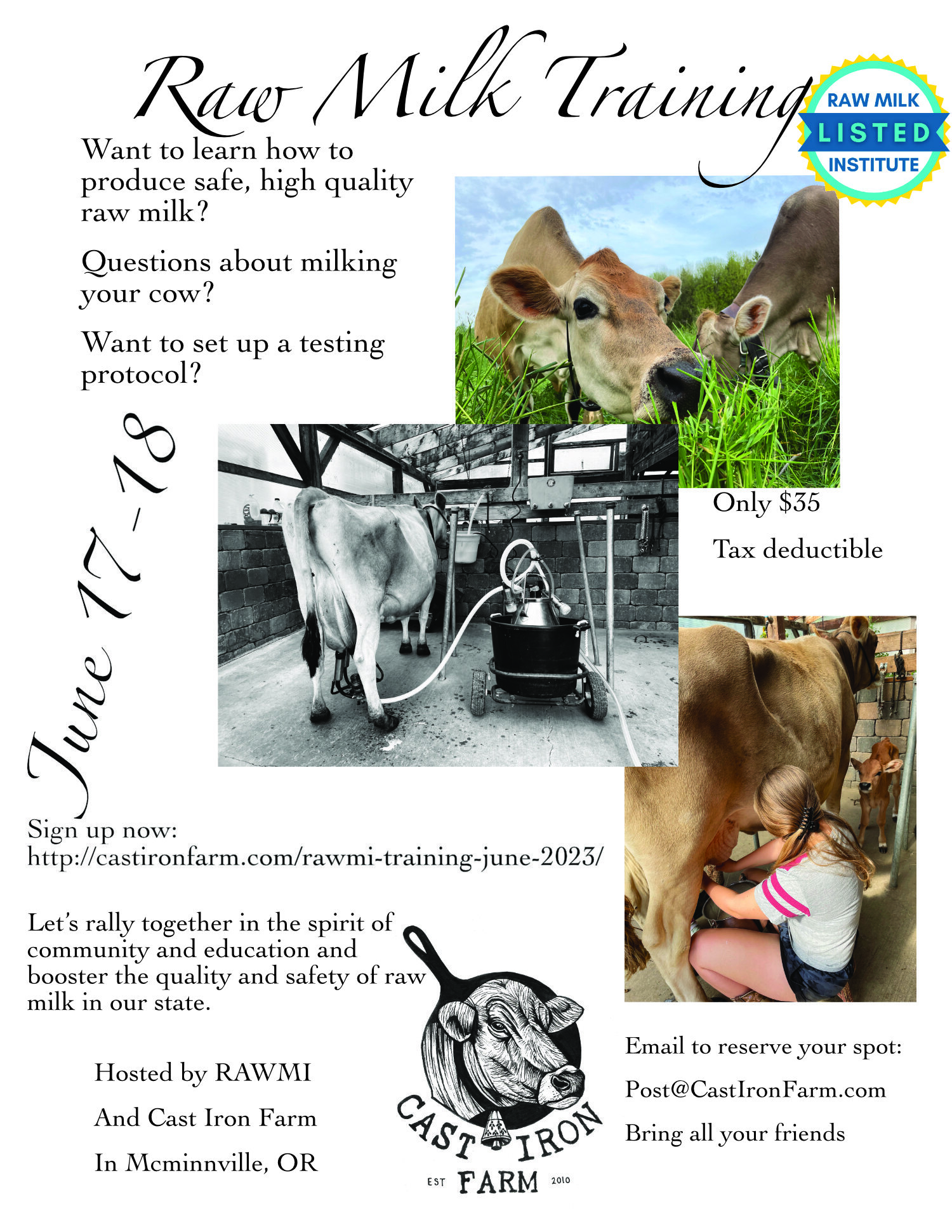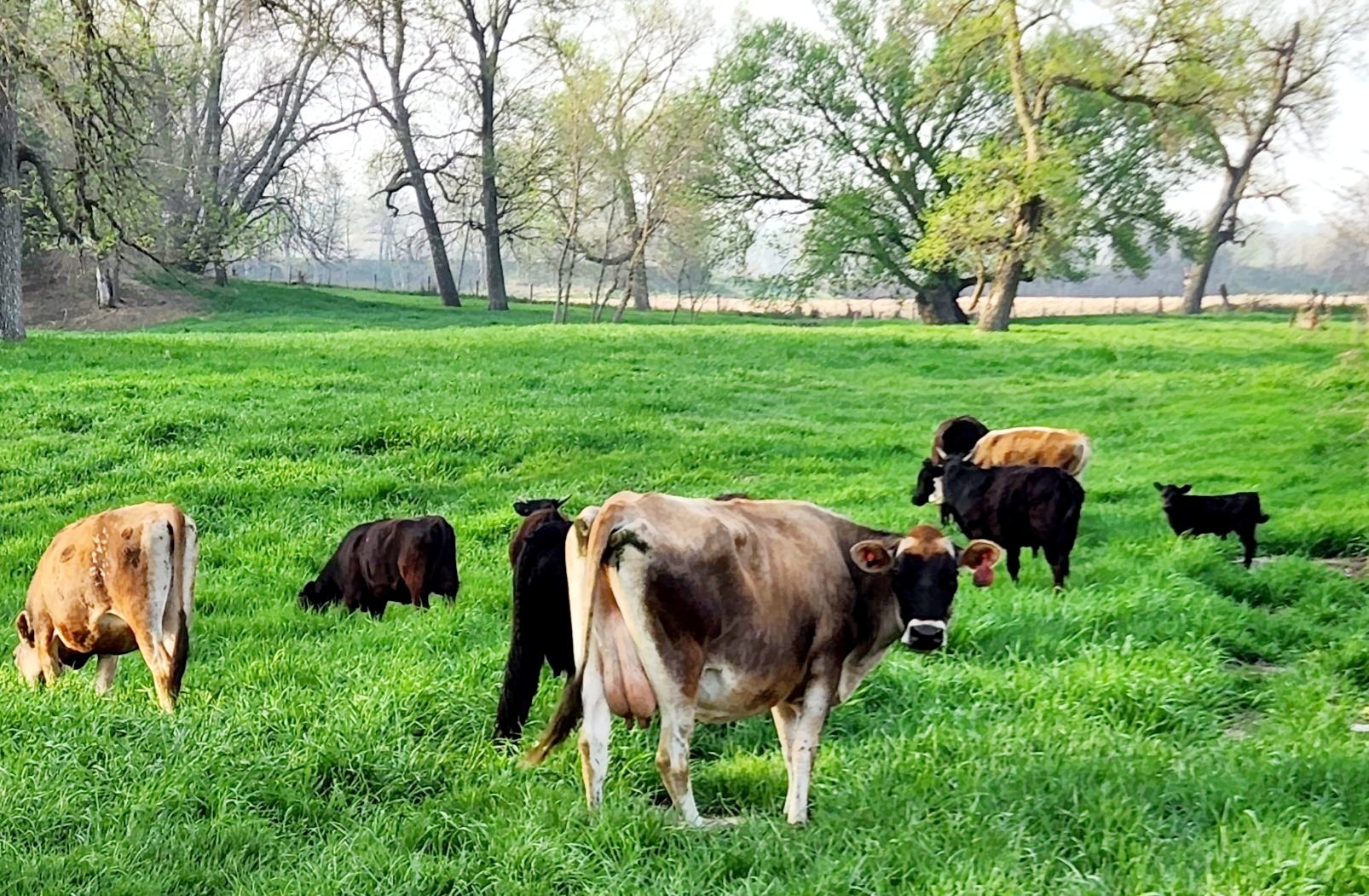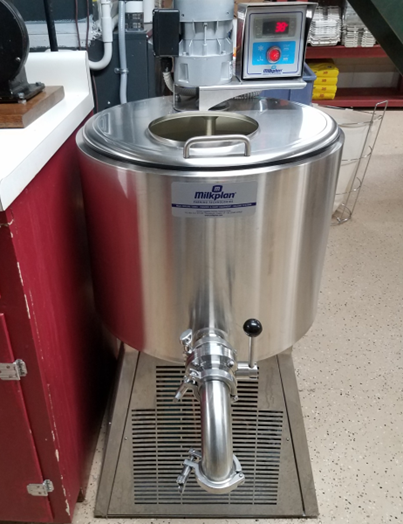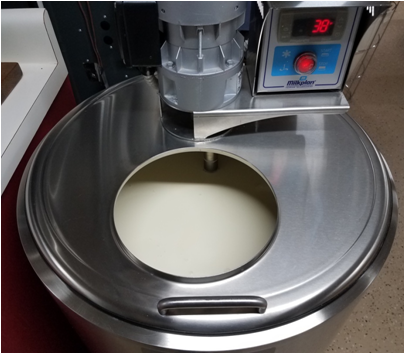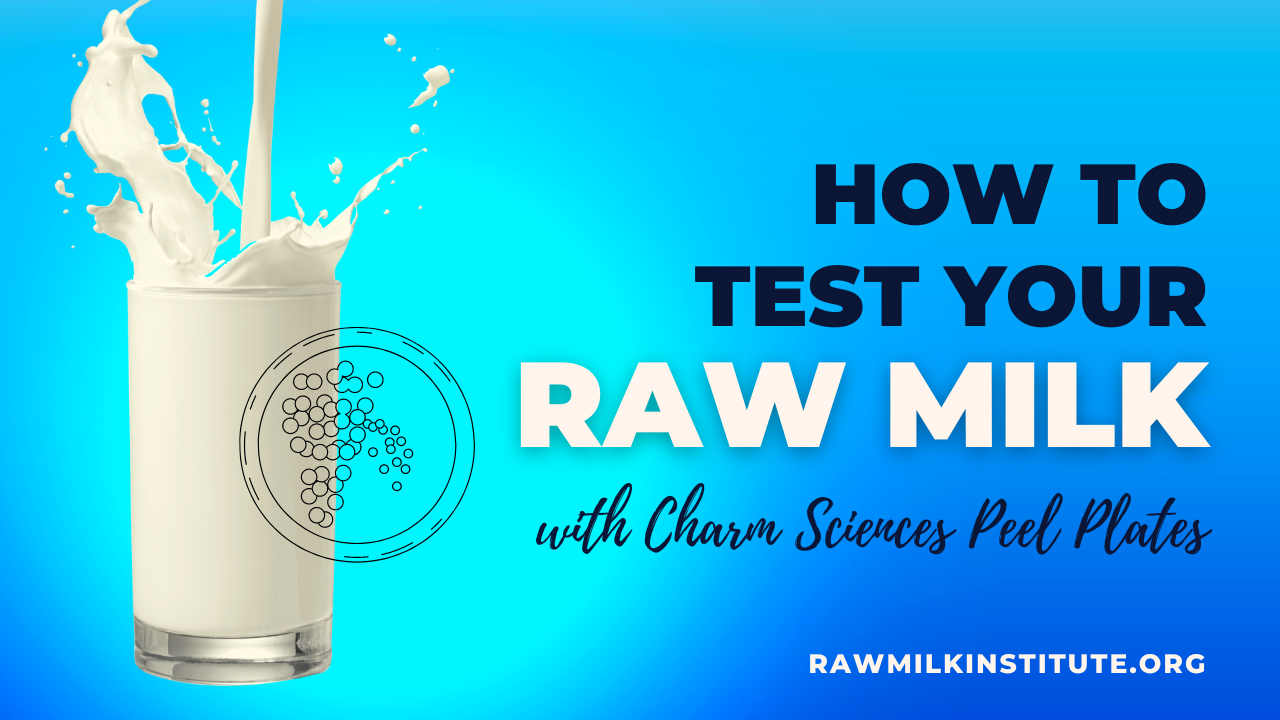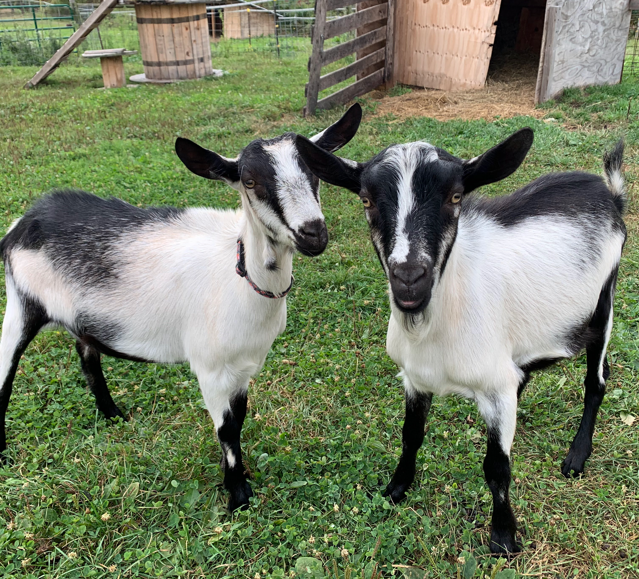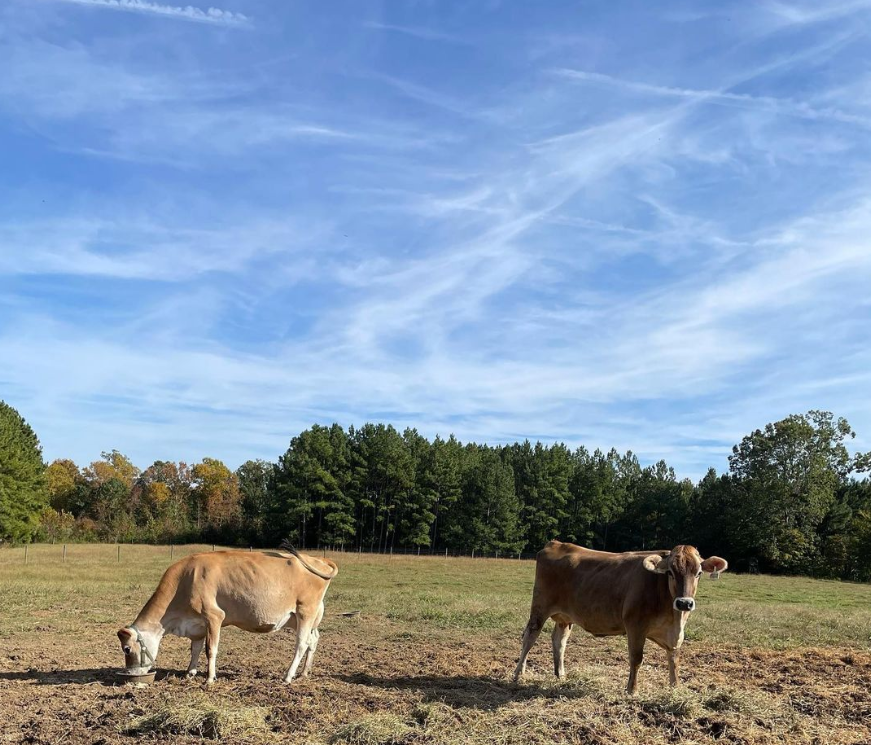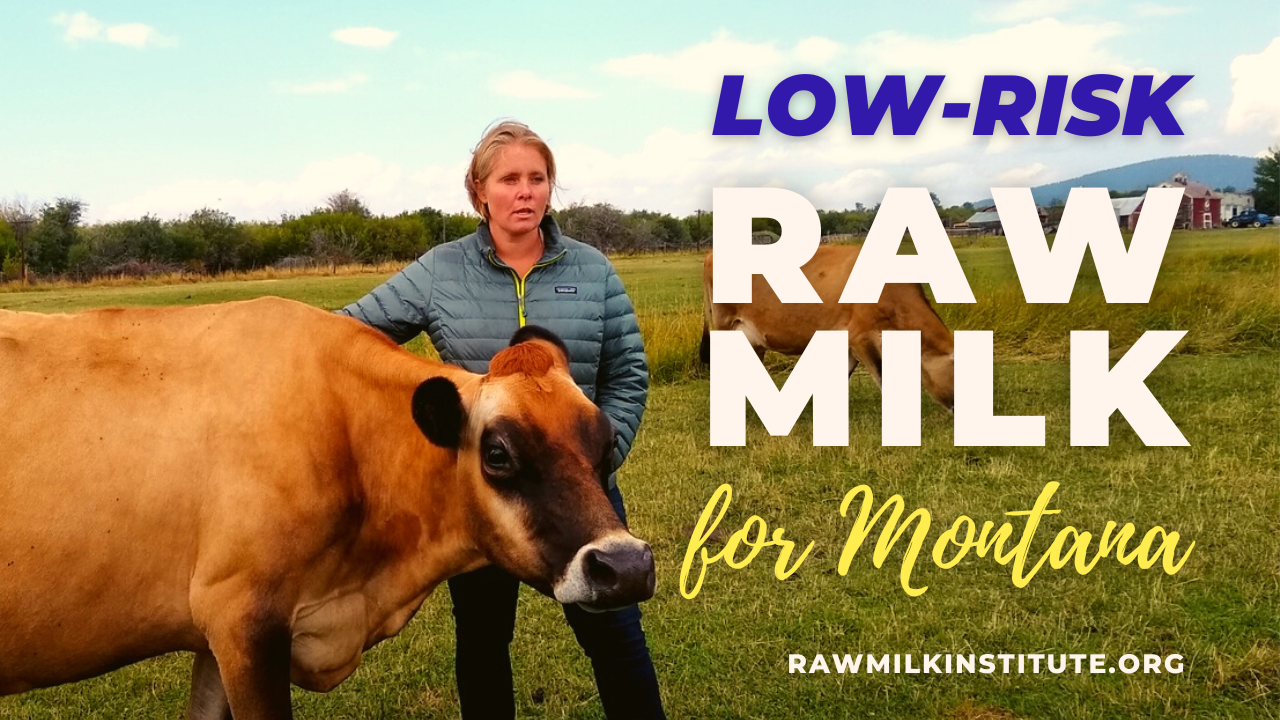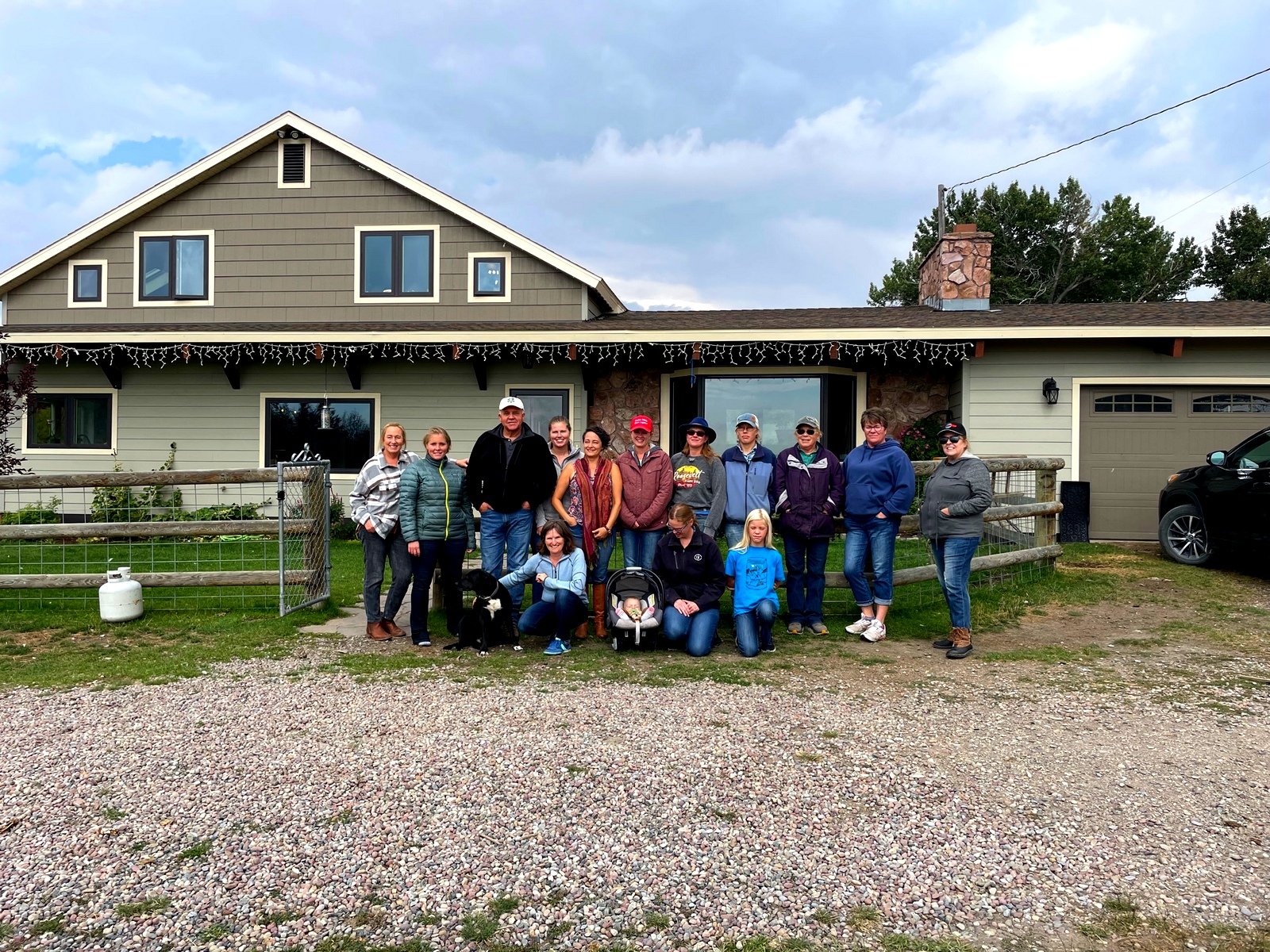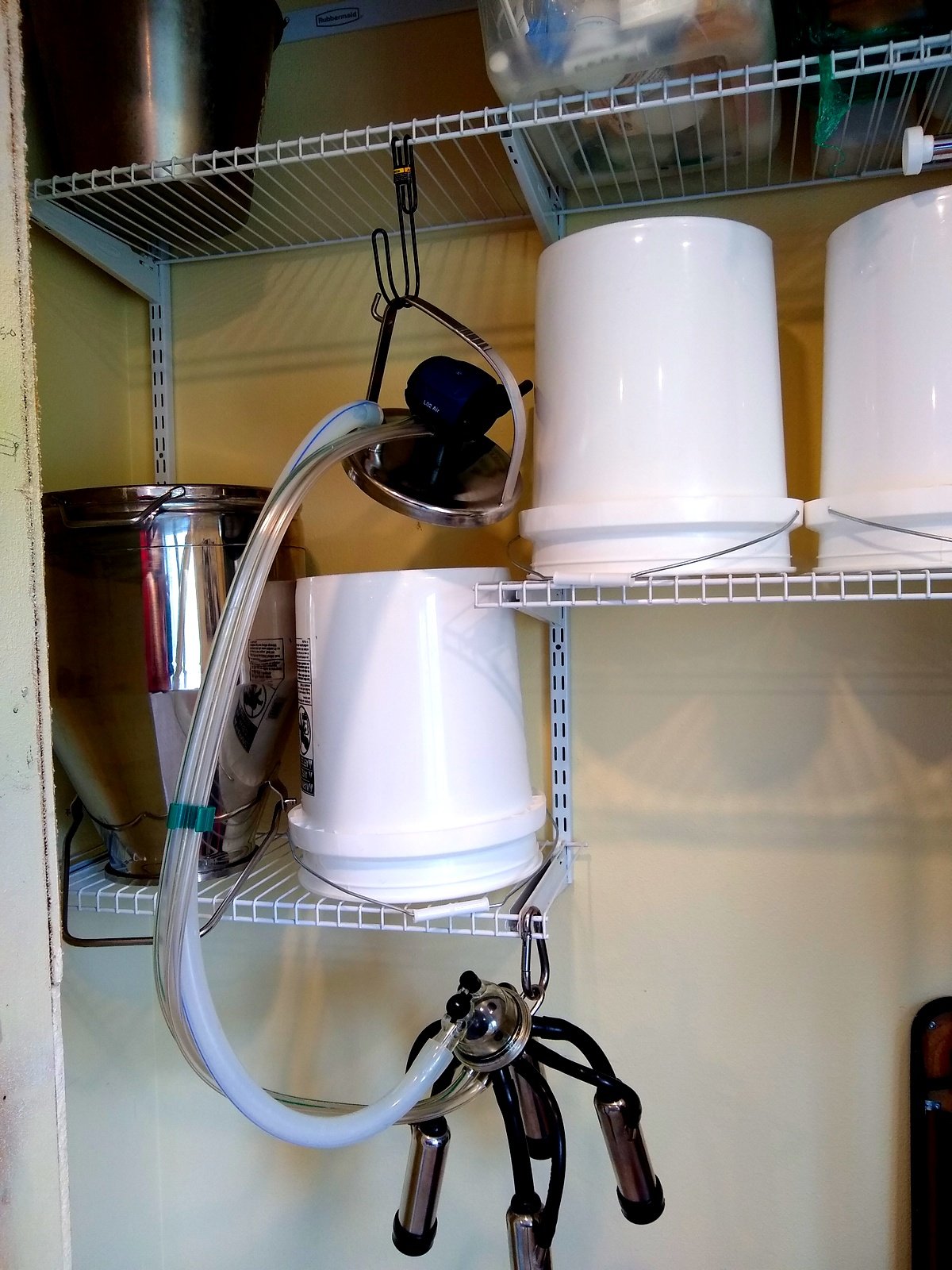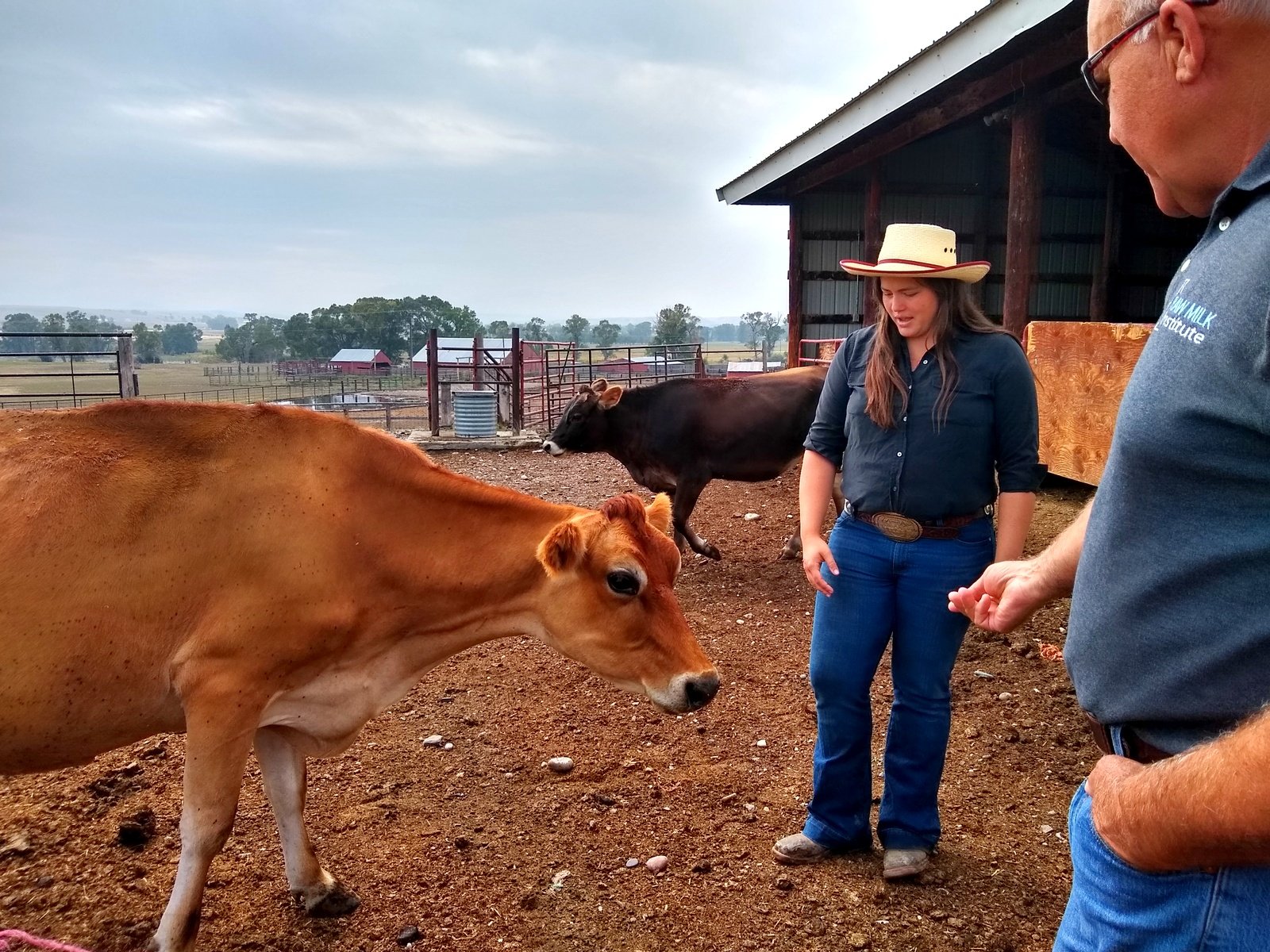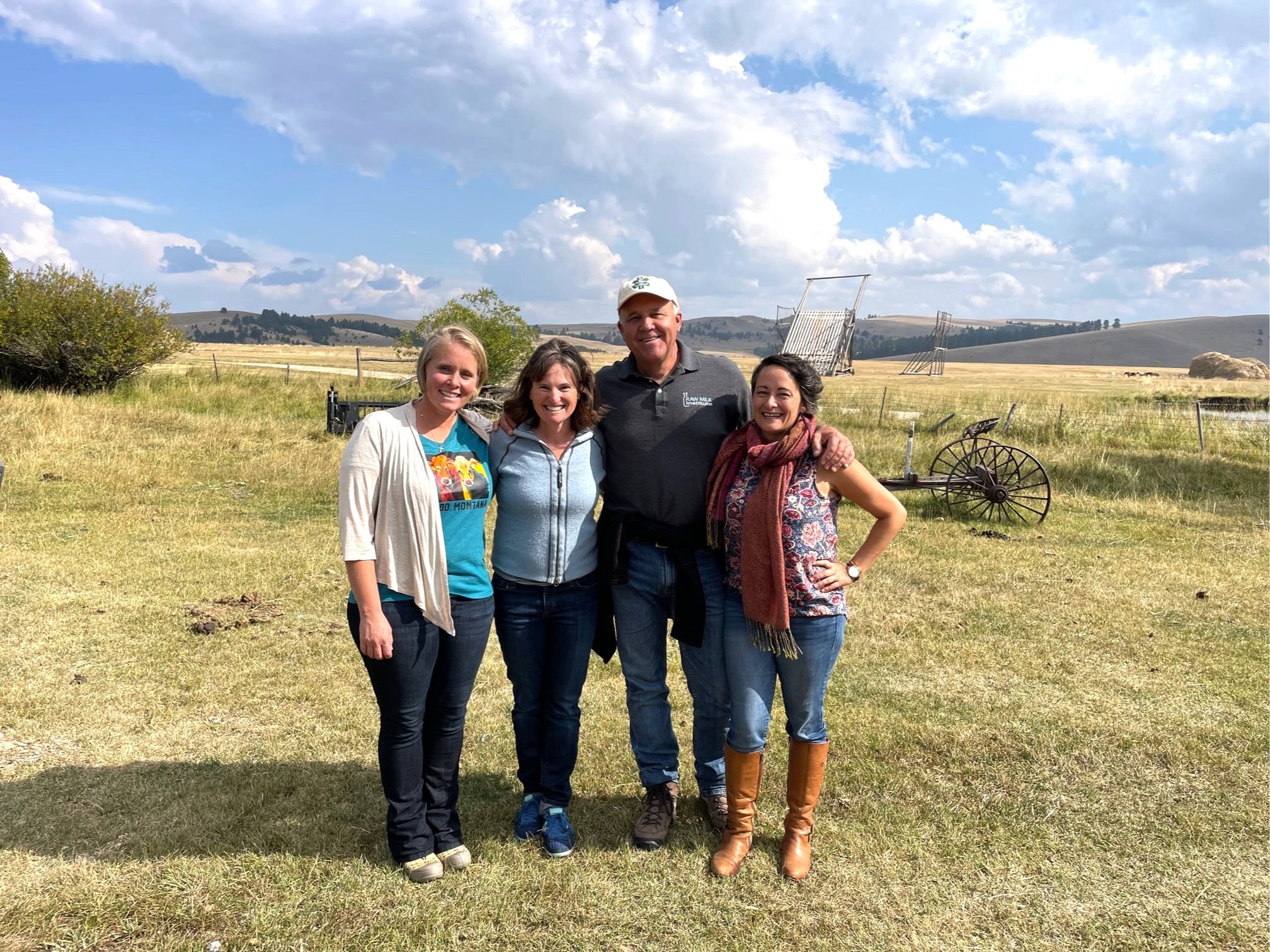After a 17-year battle, raw milk is now legal in Iowa. The recent legalization efforts to get this passed into law through the Iowa legislature were led by Esther Arkfeld and her group, Iowa for Fresh Milk.
Esther is a homeschooling mother and small-scale dairy farmer who was mentored by the Raw Milk Institute. Esther’s De Melkerij micro-dairy achieved Listing status in the Fall of 2022. This allowed Esther to use her own farm as an example of how low-risk raw milk can be achieved.
For the many others who are still fighting for legal raw milk elsewhere, we wanted to share with you Esther’s tips on how she was able to shepherd this legislation through successfully. The following is an interview with Esther.
What was the status of raw milk in Iowa previously?
Before this law was passed it was illegal to sell raw milk in our state. We were 1 of 7 states in our country who still made this illegal.
What does the new law change with regards to raw milk in Iowa?
With the new law, as of July 1st farm-to-direct-consumer transactions are now legal. Raw milk farmers can have up to 10 milking animals and they must perform bacterial tests monthly. Consumers can either pick up from the farmer or the farmer may deliver.
How will this law change things for your family's farm?
We have operated as a herdshare for the last year. Even though Iowa did not have a law for or against herd shares, it was at times a bit worrisome. The new law will be a huge relief in a sense. We will be able to advertise and speak of our business more freely. Our family looks forward to the opportunity to normalize the raw milk conversation and share our products with our local community.
What were the most successful strategies you used towards getting raw milk legalized?
I believe there were several important things that made us successful.
Persistence was key. Because we had been fighting this for 17 long years and came back each year, the legislature realized we were NOT going away. As a matter of fact, our voices were only growing louder as we gained more supporters each year.
Very clear "Call To Action" campaigns for our supporters were another important part of the strategy. When we sent out "Call To Action" alerts by email or on social media, we explained briefly what needed to be done and why.
We made the actions easier to accomplish by giving template verbiage for people to use (and personalize if they wished) and also gave them email addresses of legislators that needed to be contacted. This in turn made it easier for our supporters to accomplish because they could cut and paste and customize as they needed.
How did you gather legislator support?
Education on raw milk standards was part of our success. Legislators were simply not aware of the current data in regards to raw milk. They weren't aware of ways one could produce low-risk raw milk and weren't aware of the health benefits. Because I was a RAWMI certified farmer, not only was I able to show them research data, statistics, and Pubmed articles but also my own data and test results from my farm. By educating them on the current research and data we were able to build legislator support.
Our grassroots efforts allowed us to reach legislators across the state. When we did "Call To Action" campaigns, volunteers would reach out to their local legislators to ask for their support. As more emails and calls came to their desks, the legislators began to realize that this affected their local constituents. People across the state also attended legislative meetings in their local areas which allowed them to meet with their legislator in person.
The grassroot efforts were critical in this area. Their calls, emails, in-person meetings were vital. Then, as some of us went to the capitol to meet with legislators in person they would already be aware of the topic and know someone in their local community that this would impact. This really legitimized the issue. We also built a relationship with a lobbyist from Americans For Prosperity, Tyler, who supported us.
How did you gather grassroots support?
We gathered grassroot support through a variety of ways. First, we continued to encourage our community that had been fighting this from the early days. We talked to our neighbors and used social media as well as email campaigns. Most people, even if they did not consume raw milk themselves, couldn't understand why this was such an issue. Many saw this as government overreach and supported our cause.
Were any groups working in opposition to you?
Every lobbyist at the capitol who had remotely anything to do with our food system was registered as opposed except 1. This was an uphill battle but in the end the peoples' voices drowned them out. We were heard, and we won.
More Tips for Success from Esther
A quote that really stuck with me during this fight is, "Freedom requires participation" by Joel Salatin.
Get involved with your local legislators, even if you don't like politics. Go to events that they may be hosting and make it a point to introduce yourself. Then ask them where they stand on the issue. If they aren't sure or seem to be opposed, ask them why.
Kindly ask them what information you could provide that may answer their questions. Build this relationship. In turn it legitimizes your issue.
Speak to other supporters within your area and across your state and encourage them to do the same. Your voice matters and this issue matters.
And remember in all of this, honey goes down better than vinegar.
Another tip is to reach out to the folks at Raw Milk Institute, Weston A Price/Real Milk, and Americans For Prosperity. I cannot say enough about their support during this fight. Having them in our corner made a huge impact. They helped with resources, data, reviewed the language of the bill, and testified in favor of our cause.







